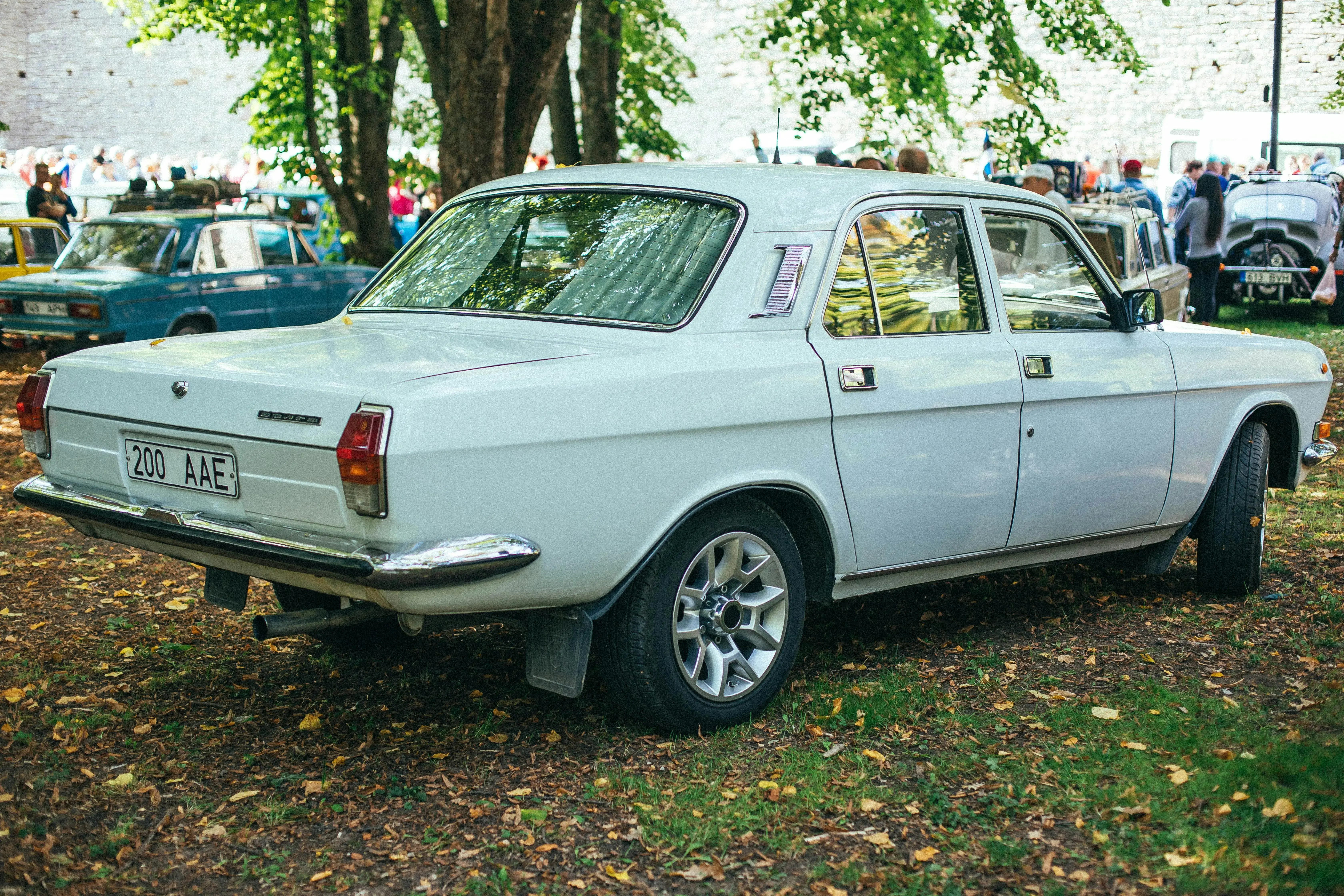Best Countries To Import A Car To The US: 2025 Cost, Tariff & Route Guide
Deciding where to source your next U.S. car import in 2025 requires clear thinking about total costs, up-to-date trade regulations, vessel type, and regional availability. Most importantly, you want to avoid surprises—whether that means tracking tariff changes, transit times, or the realities of port and shipping operations. The information below draws directly from West Coast Shipping’s live quoting data as of April 2025. Use this as a starting point—and double check your real-time rate before booking.
For full global trends, regulation, and “best-of” strategy, see our main 2025 U.S. import guide.
Note: Within the U.S. import industry, “classic” typically refers to any vehicle over 25 years old, qualifying for regulatory exemptions from EPA/DOT, not necessarily to collectible, high-value, or historic vehicles.
Sample Ocean Freight Rates & Times (Estimates; April 2025)
-
Germany, France, Italy, Spain, Netherlands, Belgium, Austria, Switzerland, Norway, Sweden, Denmark, Czechia, Poland, Luxembourg » New York: ~$2,750, ~18 days
-
United Kingdom » New York: ~$2,750, ~26 days
-
Japan » New York: ~$3,050, ~45 days
All rates are estimates based on containerized shipping; exact costs fluctuate monthly with the global market and shipping demand. Always use a live calculator for up-to-date rates (get your quote).
Note: Ocean freight rates shown do not include inland delivery, port handling, or broker fees, which vary by destination and vehicle type.
Country Rankings: Cost, Speed & 2025 Tariffs
Germany
Direct, popular sea lanes, a huge exporter network, and fast 18-day average gateway time keep Germany at the top for both luxury and performance vehicles. As of April 2025, modern German vehicles are subject to a 15% tariff, with “classic” (25-year-old) imports paying 2.5%.
France, Italy, Spain, Netherlands, Belgium, Austria
Efficient consolidation ports and established export markets—rates and transit mirror Germany. Specialty classics, Ferraris, Peugeots, Alfas, and a broad range of modern inventory are available. Tariffs: 15% modern, 2.5% “classic.”
United Kingdom
British-origin vehicles often enter by container, typically in 26 days. Tariffs sit at 10% (subject to quota and base duty). Especially attractive for imports of Land Rover, Jaguar, or niche right-hand-drive cars.
Scandinavia & Central Europe
Switzerland, Norway, Sweden, Denmark, Czech, Poland, Luxembourg shipments leverage strong EU sea links and cost/timing mirrors Germany. For rare Scandi or continental classics, these are often hidden gem markets.
Japan
Crucial for JDM sports cars, rare right-hand-drive imports, and unique technology plays, but with a longer journey (45 days) and a slightly higher base rate. As of April 2025, modern cars pay a 15% U.S. import tariff.
Container vs. RoRo: What’s Best for Your Vehicle?
While this ranking focuses on containerized shipping (the default, secure option for most cars and motorcycles), some may wonder about Roll-on/Roll-off (RoRo) shipping. RoRo is primarily used for oversized vehicles or heavy machinery—not passenger cars, motorcycles, or collectibles.
-
For almost all standard imports, container shipping is safer, offers weather and theft protection, and allows for multi-car consolidation or boxed parts.
-
RoRo isn’t always cheaper or more expensive than container service; actual rates depend on schedule, origin/destination, and market demand.
-
Container remains WCS’s strong recommendation for most vehicle imports. To compare methods or review when RoRo fits (e.g., heavy trucks, large machinery), see our RoRo vs. container explanation.
Tariff Policy—Always Evolving
All tariff rates are “as of April 2025” and subject to change with new negotiations or legislation. Always check the latest tariff tracker or consult your broker for the current table when planning a high-value import.
-
Modern Vehicles: 15% (EU, Japan, most global source countries; see exceptions like UK quota)
-
“Classic” (25+ years): 2.5% (with exemption coding)
-
North American/USMCA: Preferential rates if eligibility proven
Documentation: Universal for All Countries
No matter the source, you’ll need:
-
Title/origin docs, buyer/sales paperwork
-
EPA, DOT customs forms (exemption declarations for 25+ years)
-
Export, shipping, and compliance statements
For more, and for compliance guides, see our main 2025 import strategies article.
Accurate Quotes: Don’t Rely on 2024 Rates
With market rates for both shipping and tariffs fluctuating, you should always:
-
Request a live, route-specific shipping quote before committing
-
Compare the cost and risk of RoRo vs. container if your vehicle is oversized or nonstandard
-
Use current HTS and country-of-origin rules—older data can cost you thousands due to sudden duty changes
Get your up-to-date cost and route now for any car, motorcycle, or qualifying machinery.
You May Also Like
These Related Stories

Europe-to-U.S. Car Import Costs, Cheapest Methods & Compliance 2025

Container Vs RoRo Shipping To Saudi Arabia: 2025 Cost & Safety Guide

-093789-edited.png?width=220&height=79&name=wcs_final_logo_(1)-093789-edited.png)
